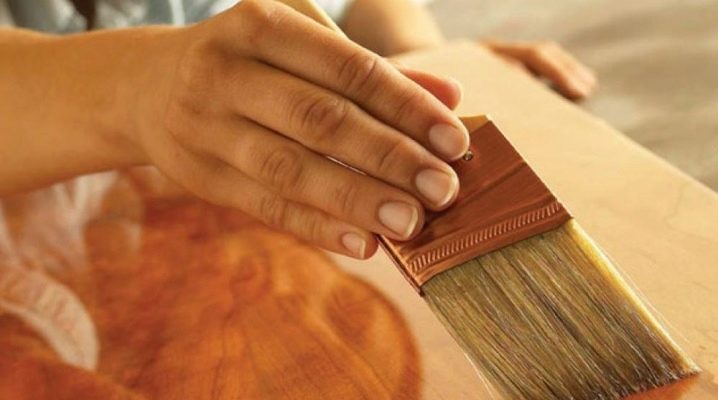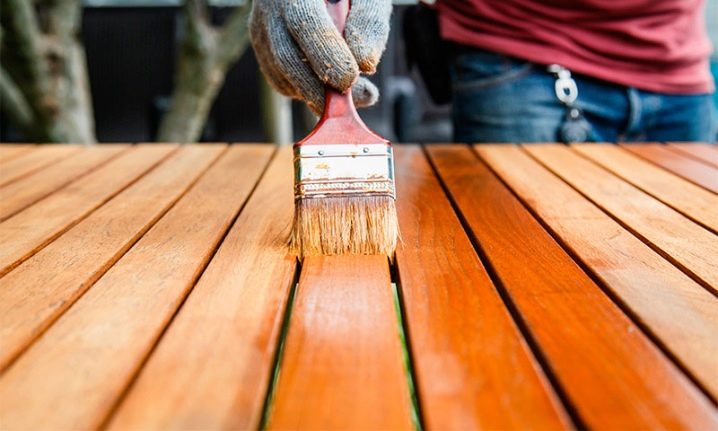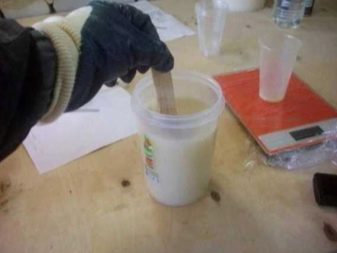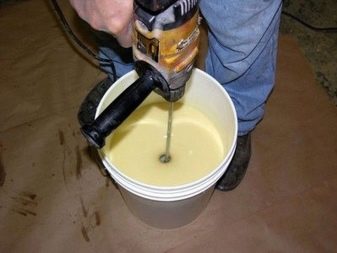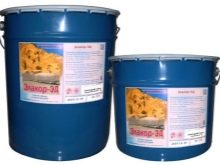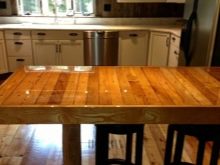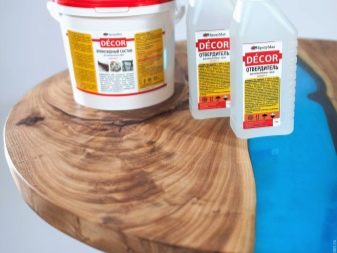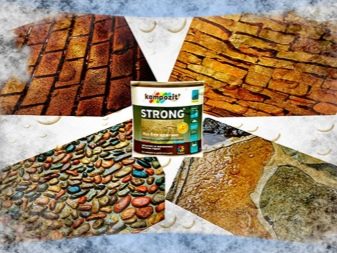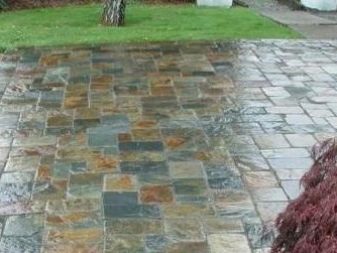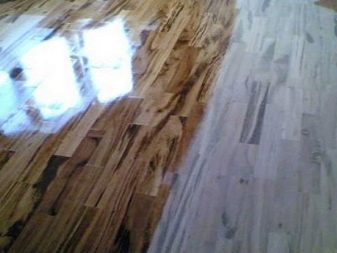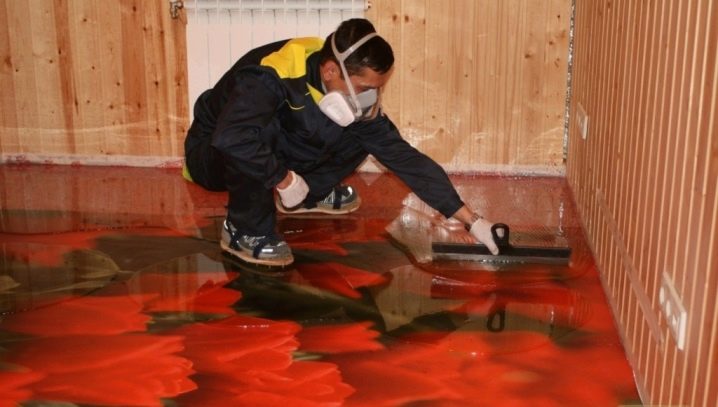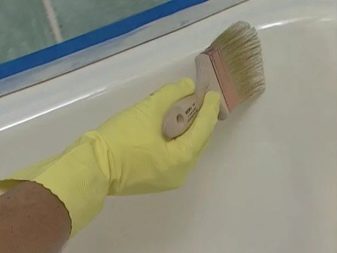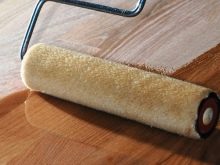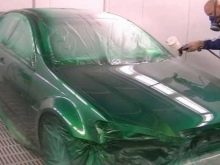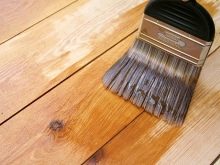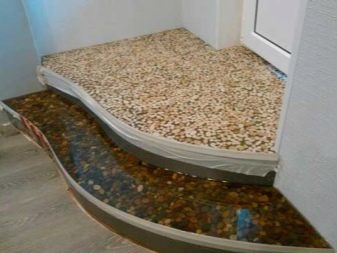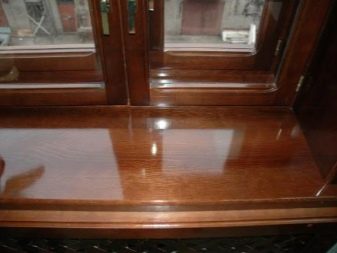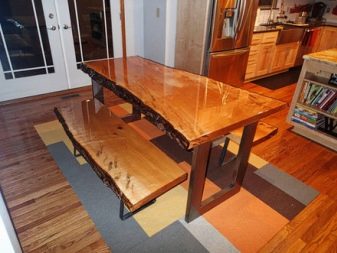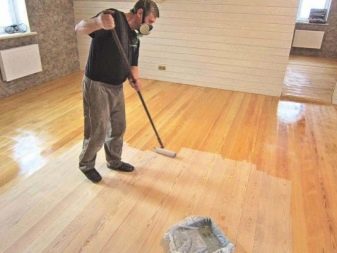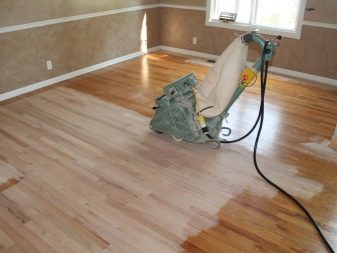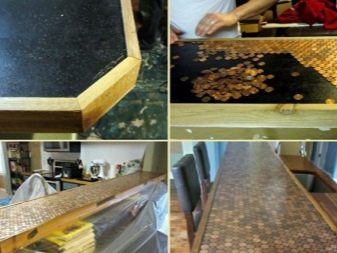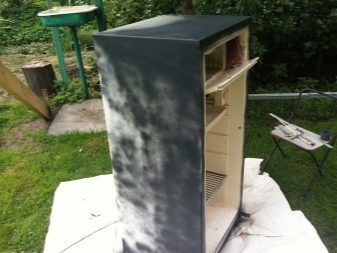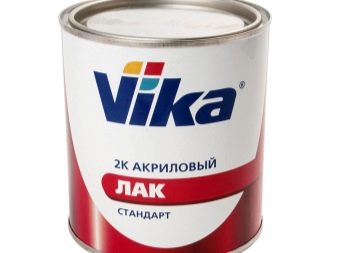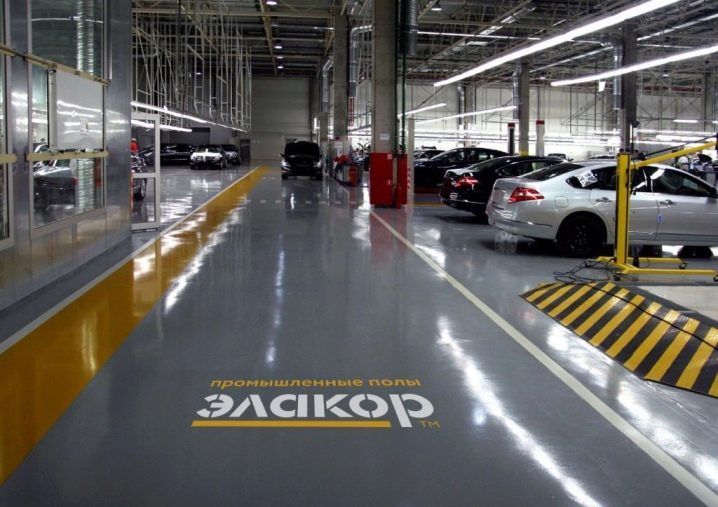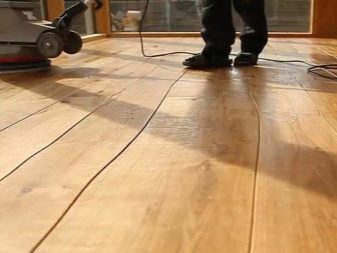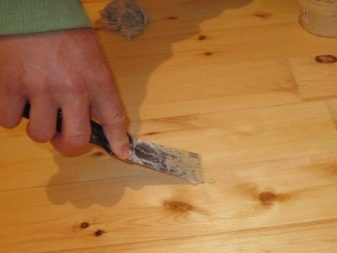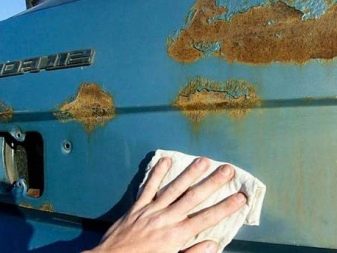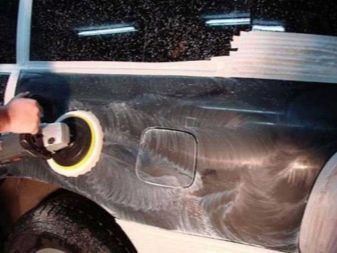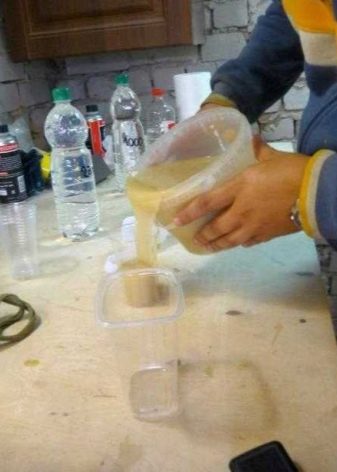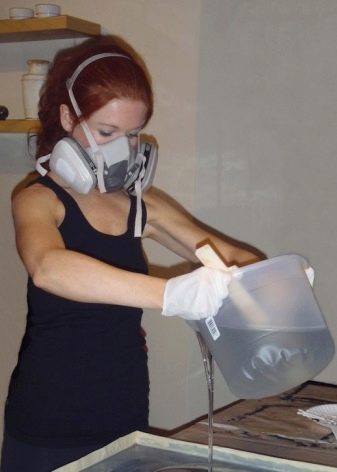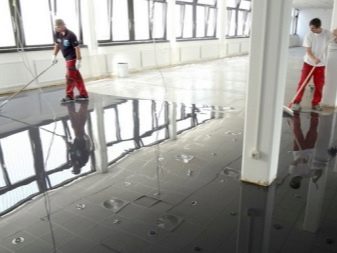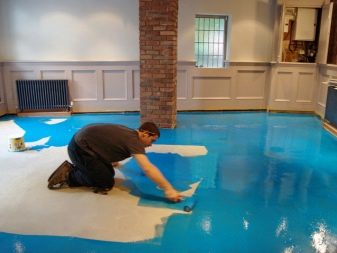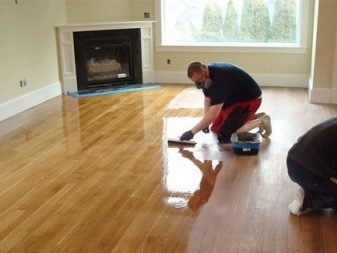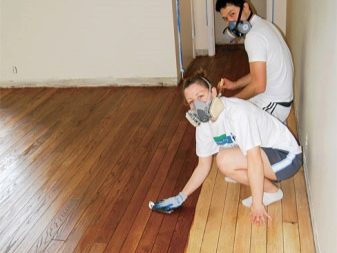Epoxy varnish: types and application
Epoxy varnish is a solution of epoxy, most often dianovy resins based on organic solvents.
Thanks to the application of the composition, a durable waterproof layer is created that protects wooden surfaces from mechanical and climatic influences, as well as alkalis.
Different types of varnishes are used for the manufacture of fillers, used for finishing metal and polymer bases.
Epoxy Varnishes
Before use, a hardener is added to the varnish, depending on the type of resin. Thus, a two-component composition with excellent technical characteristics is obtained.. In addition to the characteristic luster, the substance provides increased anti-corrosion, mechanical strength. It is a safe material that does not contain toxic compounds, but solvents that are also used during operation contain toxic substances.
Among the disadvantages of lacquer can be identified lack of plasticity, due to its structure and incoming components. In addition, proper blending is necessary to obtain a coating of optimum quality.
Epoxy varnishes are used mainly for wood surfaces: parquet and plank flooring, window frames, doors, as well as for finishing and protecting wooden furniture. There are special formulations, for example, Elakor-EDthat are designed to fill 3D floors with flocks (chips, glitters, glitters).
The quality of the film is directly dependent on the type of resin used. "ED-20" is considered the strongest, in connection with which the material is more expensive than its counterparts on the basis of "ED-16".
Fluoroplastic varnishes
This type of product is a resin solution for fluoroplast-epoxy varnishes, hardener and certain fluoropolymer compounds of the type F-32ln. A feature of this group of materials is:
- low friction coefficient;
- high dielectric constant;
- frost resistance;
- resistance to thermal effects;
- good elasticity;
- durability in conditions of intense ultraviolet radiation;
- increased anti-corrosion;
- high adhesion to glass, plastic, metal, rubber, wood.
Cold and hot curing fluoroplastic varnishes meet existing safety standards and GOST standards. When choosing, you should also pay attention to the accompanying documentation and quality certificates.
Due to the heat resistance and electrical insulation properties of these materials:
- used to create composite varnishes, enamels;
- in combination with other resins used in optics, electronics;
- exhaust fans, gas ducts, ceramic filters in water treatment equipment and other devices, including industrial production, protect against corrosion.
The technology of their application to the surface can be different: manually with a brush, using air and airless spraying, dipping.
Transparent, light-resistant materials
Epoxy lacquer coatings made on a transparent basis and a transparent hardener are intended to impart gloss to any surfaces, as well as to protect them from aggressive chemical attack.They are used in the device of self-leveling floors with decorative elements, as they are able to hide small cracks and scratches.
The main positive qualities:
- layer transparency up to 2 mm;
- lack of smell;
- resistance to sunlight;
- chemical and mechanical immunity;
- sealing and dusting of any base;
- the possibility of using detergents when cleaning.
Transparent epoxy coatings are necessary for the processing of refrigeration equipment, surfaces in production shops and warehouses, garages, parking lots and other residential and public places.
An example of such a material is lightfastness, UV resistant "Lac-2K"helping to form a fully transparent and solid foundation.
Varnishes for outdoor use
"Elakor-ED" is an epoxy-polyurethane-based material, the main purpose of which is the arrangement of floors, although in practice the composition is used to form a high-strength film on other surfaces.
Due to its composition, the varnish repels moisture, grease and dirt, and is able to withstand temperature drops from -220 to +120 degrees.
The products are easy to use, allows you to make a glossy protective coating literally a day. However, it is important to know how to apply the product correctly.
First, preparatory work is carried out:
- it is necessary to clean the base from dust, small debris and dirt;
- it is desirable to prime and grind the tree;
- when applied to concrete, it is first puttied and leveled;
- when applied to the metal, rust should be removed from it;
- polymer products before processing are any abrasive and degreased.
A hardener is added to the lacquer and must be stirred for 10 minutes.
After the end of the chemical reaction (formation of bubbles) you can start applying.
Since the epoxy-polyurethane compositions harden for an hour, with a large treated area it is better to prepare the solution in parts. The application is made at a temperature not lower than +5 and not higher than +30 degrees with a roller, brush or special pneumatic device. The use of a brush requires regular cleaning with a solvent. Roller impose lacquer cross on the cross.
At work it is recommended to build at least three layers of lacquer, which will ensure maximum density and strength.One square meter needs to use at least 120 grams of solution. Any deviations upward or downward will lead to unsatisfactory results or wrinkling of the composition on the surface.
Despite the absence of odor, it is desirable to carry out all work with epoxy mixtures in a special suit and gas mask, since the respirator is not able to protect the eyes and lungs from toxic fumes. Especially it concerns varnishes of the EP series, as they contain toxic solvents.
Epoxy varnishes not only make the coating beautiful, but also increase its service life due to its high resistance to various external influences.
How to make polymer epoxy Concrete flooring in the garage of a country house, see below.
